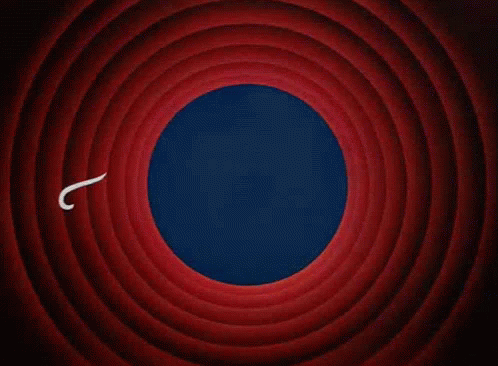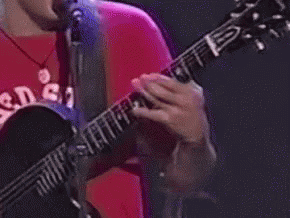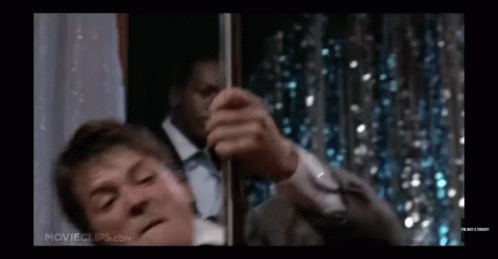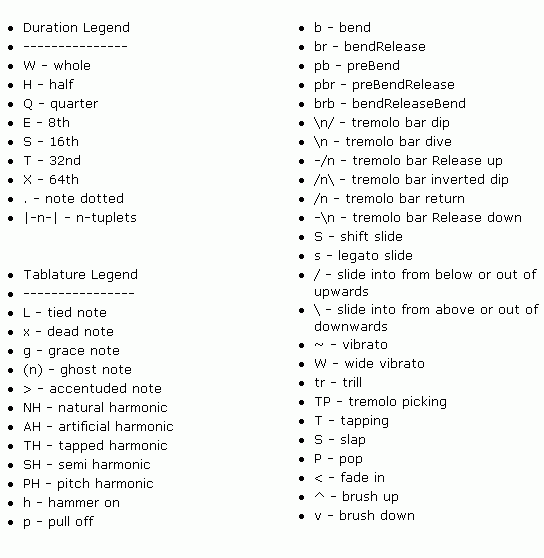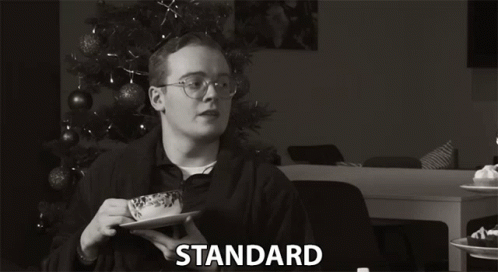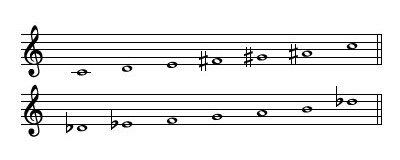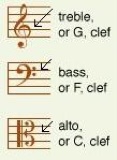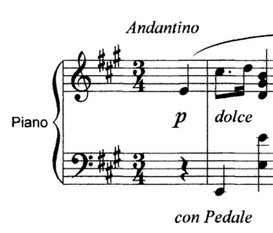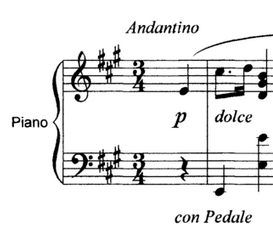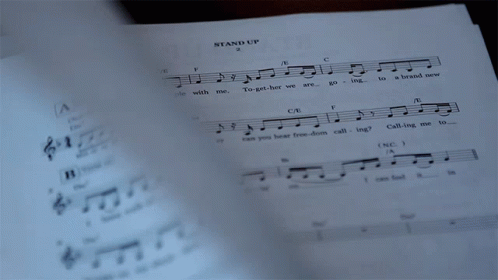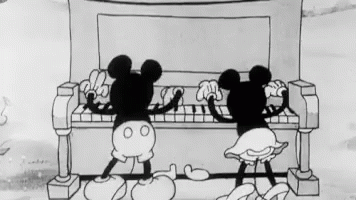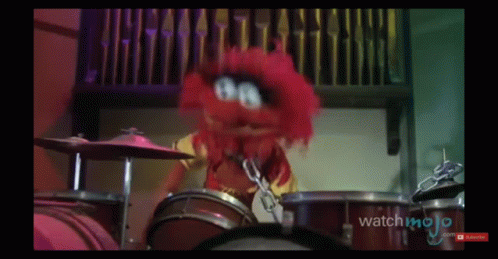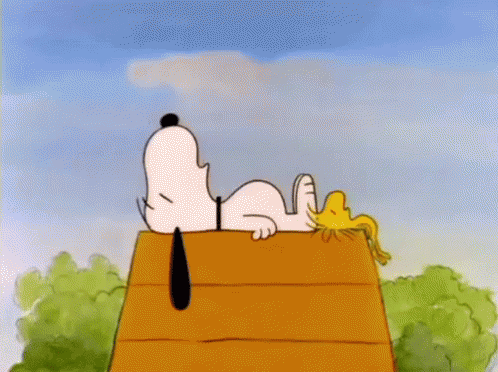The Secret to Modes

[responsivevoice_button]
Before we dive into modes, here are a few basics that might make it easier to understand modes.
The Major Scale
A major scale consists of 7 notes. Each note is called a ‘scale degree’.
The intervals between a major scales’ scale degrees are TT 1/2 TTT 1/2.
T = Tone = 2 frets
1/2 = Semi-tone = 1 fret
Therefore the distance between C and D in the C major scale is a T.
D to E = T = Tone
E to F = 1/2 = Semi-tone
F to G = T
G to A = T
A to B = T
B to C = 1/2
This is what gives us that familiar major scale sound we all know from singing “do re mi da sol la si do” which literally translates into the American alphabet C D E F G A B C. The “do re mi” is the European system while the alphabet is the American system.
The above ‘formula’ can be applied to any starting note and this is what causes some notes to be sharp or flat. In the key of C Major there are no ‘accidentals’ (sharps or flats) however if you were starting your scale on A, it would require an F, C and G sharp for the major scale formula (or pattern) to be met.
A B C D E F G A would require an F, C and G sharp (depicted by a # whereas a flat would be depicted by a ‘b’).
Therefore, the A major scale would be:
A B C# D E F# G# for there to be a T between A and B or B and C# otherwise the distance between B and C would be a 1/2 when the formula calls for a T. Raising the C to a C# therefore creates the necessary space (2 frets) between them to sound the way a major scale should sound. The same applies to the F and G notes.
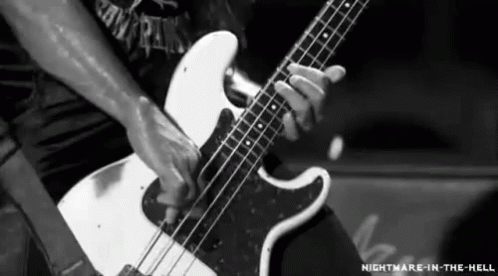
Scale Degrees
Scale degrees are depicted using numbers therefore the first scale degree in the key of C major is 1 (C), the second is 2 (D) and so on until the 8th degree (C) which is either called the ‘octave’ (8) or the 1 again as it is exactly 8 notes away from the 1st note and also the same note as the 1st note. In the key of C major, or the C major scale, the 1st scale degree is C and the 8th is also C. The notes are C D E F G A B C.
When 2 notes are played together, this is called an ‘interval’ (such as C and E played together) however when 2 or more intervals are played together this is called a chord.
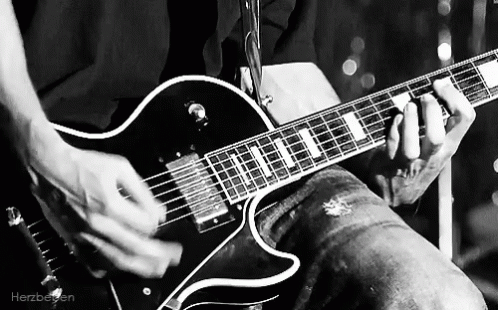
Chords
If you build a 3 note chord (triad) over each scale degree of a major scale you have 7 chords. The ‘quality’ (minor, major, diminished, augmented, or perfect) of the 2 intervals between the 1st and 3rd scale degree and the 1st and 5th scale degree) will determine the quality of the chord.
In a major scale, the chords are depicted using roman numerals. Uppercase roman numerals refer to major chords while lowercase roman numerals refer to minor chords when using a number system to identify chords and specifically what function a chord will play. When using a chord name for example: a C major chord would simply be labeled as C while a C minor chord would be labeled as Cm. That said, this does not let us know what position or what function the chord holds. Is C Major the first chord of your key or is it the fourth or fifth chord since any one of these would be a major chord.
The 7 chords of a major key are :
I ii iii IV V vi vii*
The I, IV and V chords are major chords while the ii, iii, and vi chords are minor.
Major chords consist of a major 3rd and perfect 5th interval (as in C to E and C to G) while minor chords consist of a minor 3rd and a perfect 5th interval (such as C to Eb and C to G.
The vii chord is an exception however as although it consists of a minor 3rd between B and D, the interval between B and F is not the same distance as C to G in terms of fret distance. It is a diminished 5th, a flat 5th, or tritone, therefore the vii chord is a diminished chord.
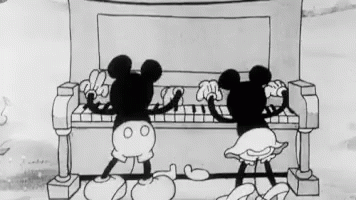
Modes
Most people learn that modes are basically scale names for a scale’s different start and end points. For example, playing the notes C D E F G A B C is a C major scale and is often also called the C Ionian mode. Playing the same notes while starting on D instead (D E F G A B C D) would therefore be called the D Dorian mode. Each progressive start note would then have its own name:
C Ionian
D Dorian
E Phrygian
F Lydian
G Mixolydian
A Aeolian
B Locrian
The problem however is that people just stop here and assume this is what modes are all about when in reality this is not only the beginning but actually incorrect altogether.
Playing a scale from a different scale degree is simply ‘a beginning from a different scale degree’. There is definitely a relationship between each scale degree and the mode name that is mistakenly attributed to it however it is incorrect to call a set of notes by a mode name as a mode does not refer to the scale itself but rather to a mood or style that results from a specific note that will be used as a tonal center for a piece of music.
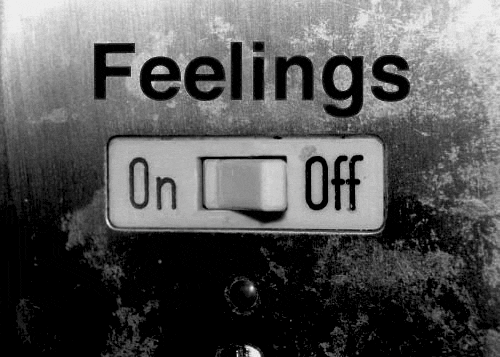
In other words: a mode is a ‘fashion’ a ‘style’ or a ‘mood’ but since it’s difficult to indicate whether it is ‘happy’ ‘sad’ or ‘angry’ since it will trigger different feelings in different people (depending on other variables or circumstances), a neutral name is given to it so that it can be named without misleading someone in a particular direction or emotion. Some say Dorian sounds like Santana however it doesn’t need to be the case. In fact, this is a case of the chicken or the egg as Santana does happen to play in the Dorian mode a lot therefore leading one to believe that Dorian = Santana whereas it is really Santana = Dorian instead, if that makes sense. Dorian however can still sound happy or sad, as well as angry if the rhythm, tempo, timbre or choice of instruments and even actual lyrics are such that they lead you to feel that particular emotion. What you’re feeling however is Dorian and that is an important indicator or instruction for a musician if you need to communicate this. The actual scale you choose to express that Dorian feeling through however is not determined by the mode name. In fact, you may play the major scale with your root note on the sixth string regardless of what mode you’re in as the scale or key only determine what set of notes will be strongest or safest to play. The scale position or pattern you choose may be completely and solely related to where you feel most comfortable playing on the guitar or bass neck.

How do we create the ‘mood’?
Before we go further it’s important to state that there is also a difference between rhythm and mood. One example is that you might choose to play a Disco beat which has a particular rhythm and you may even decide that the tempo will be 120bpm … but what emotion will the music have? Is it a sad lyric, an angry one? What if it’s instrumental? How do we communicate or choose an emotion without requiring the band to listen to your song first? That’s where modes are very helpful as you can play a Disco rhythm at 120bpm, in A Dorian and that will automatically instruct the drummer, bassist and guitarist on what to do. With this info alone you can literally just count in 4 beats (at 120bpm) and everyone should know exactly what to play as a first note as well as what do do for the next 3-5 minutes!
So what is it that makes everyone know what to do?
1. It will be a Disco rhythm
2. It will be 120bpm
3. The first and recurrent note and tonal center is A
4. Since this is A Dorian and Dorian is built using the 2nd scale degree as the tonal center, we must be in the key of G major and can therefore play any notes from that key
5. The IV and V chords that will be implied regardless of the actual chords or notes being played will therefore be C and D major since they are the IV and V chords in G major.
The tonal center (in point #3) together with implying the IV and V chords (in point #5) are the main elements to establish the mode as the two major chords of a key (sub dominant and dominant) will establish the key while the repeated ‘home note’ or tonal center will force a particular feeling… the mode.
A Dorian would therefore include a combination of C major (IV), D major (V) and the A note or A minor chord (ii). Often you will see these chords written as follows: C/A or D/A which indicate that although an C chord is played, the A note is the tonal center (as would be the case for D/A). Note that the notes of C major are C-E-G therefore by adding an A note in the bass you would be playing A-C-E-G which is an Amin7 chord. The notes of D/A would be D-F#-A with an A in the bass which would simply be a D major chord with a double A note.
G Ionian = C/G and D/G
A Dorian = C/A and D/A
B Phrygian = C/B and D/B
C Lydian = C/C and D/C
D Mixolydian = C/D and D/D
E Aeolian = C/E and D/E
F# Locrian = C/F# and D/F#
Trick: to remember the order of the modes, the following phrase is often used:
If Dora Plays Like Me All’s Lost
If = Ionian
Dora = Dorian
Plays = Phrygian
Like = Lydian
Me = Mixolydian
All’s = Aeolian
Lost = Locrian

What’s left to know?
The only items left would be to know ‘how to start’ playing (count in for a full band or if someone will start first before others join in), to listen for cues on who might take a lead or to the dynamics (playing softer of playing louder, quieter, or fuller, punches, accents, tempo changes, key changes) and finally ‘how to end’ (fade off, punch, or just one instrument making a final statement or conclusion).
This last portion is where the musicians will get to know one another and what will make this group unique. There is no reason for one person alone to be the sole ‘leader’ as anyone must be able to influence the direction of a creative jam however it may help to have a specific person who can bring the band back or that might be able to provide a cue for beginnings and endings. Besides this, the rest is really a matter of how well you know your instrument and how well you can communicate the melodies or emotions you feel at a given moment.
